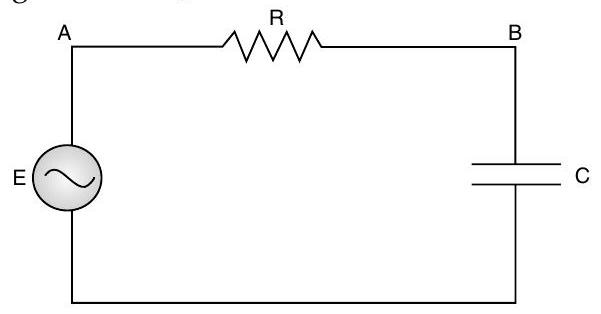Question: Q. 11. A source of
Show Answer
Solution:
Ans. The Pythagoras theorem gives
Substituting the values of
The phase angle is the angle between
The circuit diagram and the phasor diagram, for the given circuit, are as shown.

Question: Q. 11. A source of
Solution:
Ans. The Pythagoras theorem gives
Substituting the values of
The phase angle is the angle between
The circuit diagram and the phasor diagram, for the given circuit, are as shown.

© 2024 कॉपीराइट SATHEE
द्वारा संचालित Prutor@IITK
Welcome to SATHEE !
Select from 'Menu' to explore our services, or ask SATHEE to get started. Let's embark on this journey of growth together! 🌐📚🚀🎓
I'm relatively new and can sometimes make mistakes.
If you notice any error, such as an incorrect solution, please use the thumbs down icon to aid my learning.
To begin your journey now, click on "I understand".